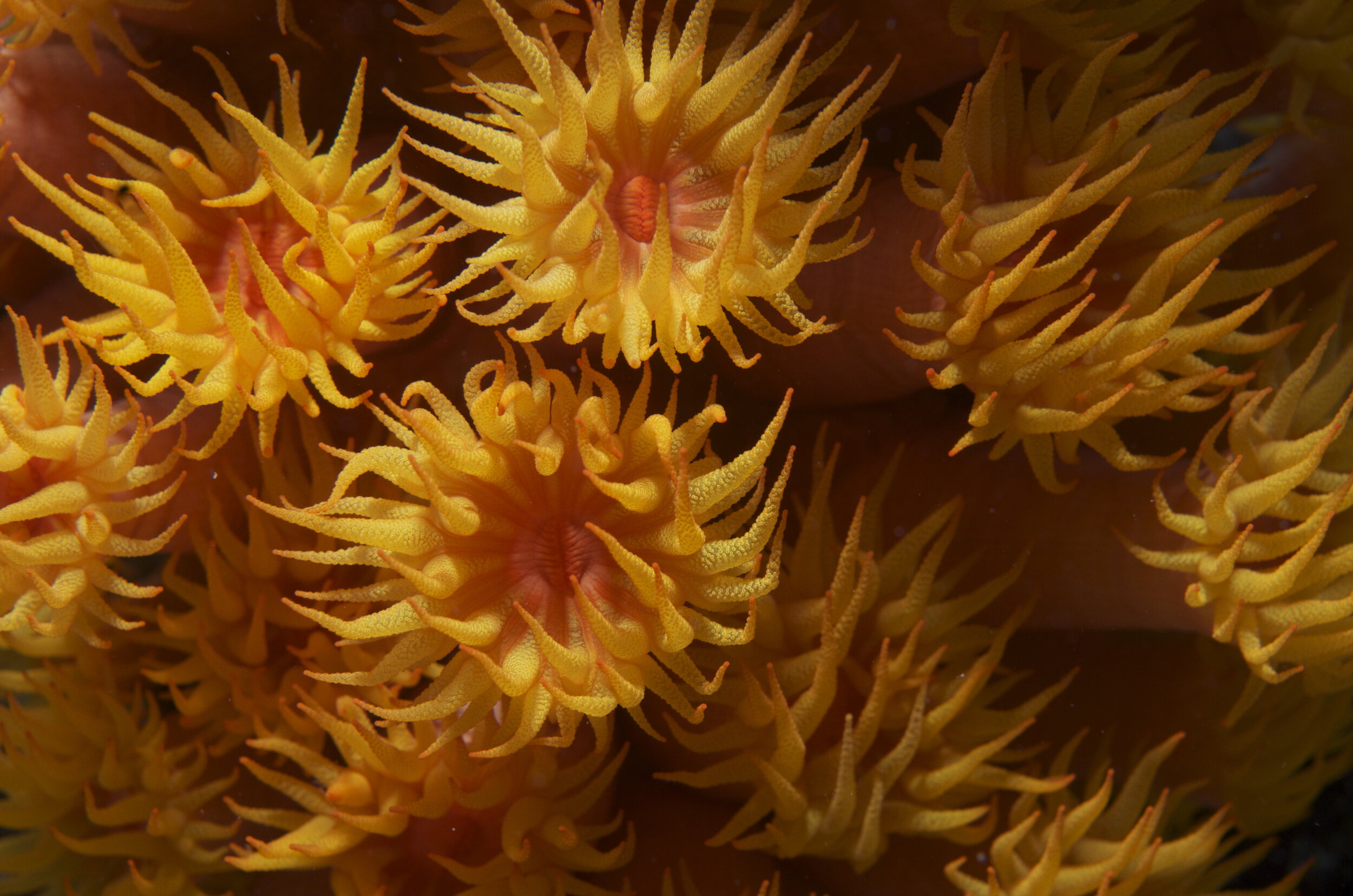The Potential Impacts of Microplastics on Corals
Photo: Caribbean coral reef (Caribbean Charter Flights 2016)
By: Sydney Hall, Intern
Coral Reefs are often referred to as the “rainforests of the sea” because they sustain biodiversity. It is estimated by NOAA that they support approximately 25% of the world’s fish as a habitat, feeding ground, and a place to breed. In turn, these coral reefs support over half a billion people from fishing to tourists who come to see the reefs.
Something that many people may not know about corals is that they are actually considered animals and not plants, even though they don’t appear to be moving. Every coral in the picture above is made up of hundreds of little structures called polyps. Polyps can exist by themselves, but we most often associate corals with the immense reefs, like in the above picture. Polyps attach themselves to a hard substrate or surface, like a rock, then clone themselves and connect through their shared skeleton. More connections can be made, and the growth continues until you get what you see today.
Most polyps are translucent, or clear and without color and the varied colors you see in pictures and in real life come from their symbiotic partner. Symbiosis is a mutually beneficial relationship, where both animals benefit from the interaction. Their symbiotic partner is called zooxanthellae, which are tiny algae that live on polyps and are photosynthetic. Photosynthesis is the same process that plants do, transferring sunlight into sugar or usable energy. Part of this energy is given to the coral and in exchange the coral provides a habitat and carbon dioxide for the zooxanthellae. Another way polyps get food is by filter-feeding or removing food particles from the water that passes through them. Polyps do not need to move to get their food like most animals because the water current will continue to bring it right to them.
Photo: Close-up of polyps (Jayne Jenkins, Coral Reef Image Bank)
Coral reefs face a wide range of threatening problems. Rising temperatures and increased carbon dioxide emissions result in acidification and coral bleaching when the corals are stressed. Even though each of us contributes to these issues, something right in front of us on a daily basis is the massive amount of plastic we use. This plastic can affect our coral reefs.
Microplastics are plastics that are less than 5mm in diameter and are often a result of the breakdown of larger plastics that float into the environment. The actual long-term effect of microplastics in the marine environment with corals is essentially unknown, but it is a highly researched topic at the moment. In a study in 2015, they were able to report the ingestion of microplastics by a scleractinian coral in the lab(Hall et al. 2015). They noted that the corals could mistake the microplastics for prey and consume it at approximately the same rate as plankton and were found wrapped in tissue in the gut.
Another study by Boston University found microplastics within wild coral polyps. This shows that microplastics are not just a potential fake food source for the polyps, but it already is one. In lab experiments they also found that the coral polyps often chose microplastics over real food sources.
Microplastics are also a problem because they can carry pathogens and diseases to the corals. A study in 2018 showed that the likelihood of disease increased to 89% from 4% when in contact with plastics. Both of these issues could result in injury and ultimately death of corals which would affect the entire marine ecosystem.
While more research needs to be done on this topic, the ingestion of plastics is never a good thing. As an individual, you have the opportunity to make a difference. You can use less plastic, reuse plastics, and even help in clean-ups before the plastic litter makes it to the oceans. If tiny pieces of plastic can negatively impact a reef, then your tiny contributions to reduce plastic can positively impact them.
References:
Coral reef ecosystems. (2019). Retrieved August 29, 2020, from https://www.noaa.gov/education/resource-collections/marine-life/coral-reef-ecosystems
Corals. (2018, September 24). Retrieved August 29, 2020, from https://www.nationalgeographic.com/animals/invertebrates/group/corals/
Hall, N. M., Berry, K. L., Rintoul, L., & Hoogenboom, M. O. (2015). Microplastic ingestion by scleractinian corals. Marine Biology, 162(3), 725-732. DOI:10.1007/s00227-015-2619-7
Howard, J. (2019, June 25). These corals choose to eat plastic over food. Retrieved September 04, 2020, from https://www.nationalgeographic.com/environment/2019/06/these-corals-choose-to-eat-plastic-over-food/
Lamb, J. B., Willis, B. L., Fiorenza, E. A., Couch, C. S., Howard, R., Rader, D. N., . . . Harvell, C. D. (2018). Plastic waste associated with disease on coral reefs. Science, 359(6374), 460-462. doi:10.1126/science.aar3320
Sanctuary, F. (2011, April 04). Corals get their food from algae living in their tissues or by capturing and digesting prey. Retrieved August 29, 2020, from https://floridakeys.noaa.gov/corals/coralseat.html


